Forget Paris And Rome—Try These 15 Underrated European Spots + 3 Pro Travel Tips
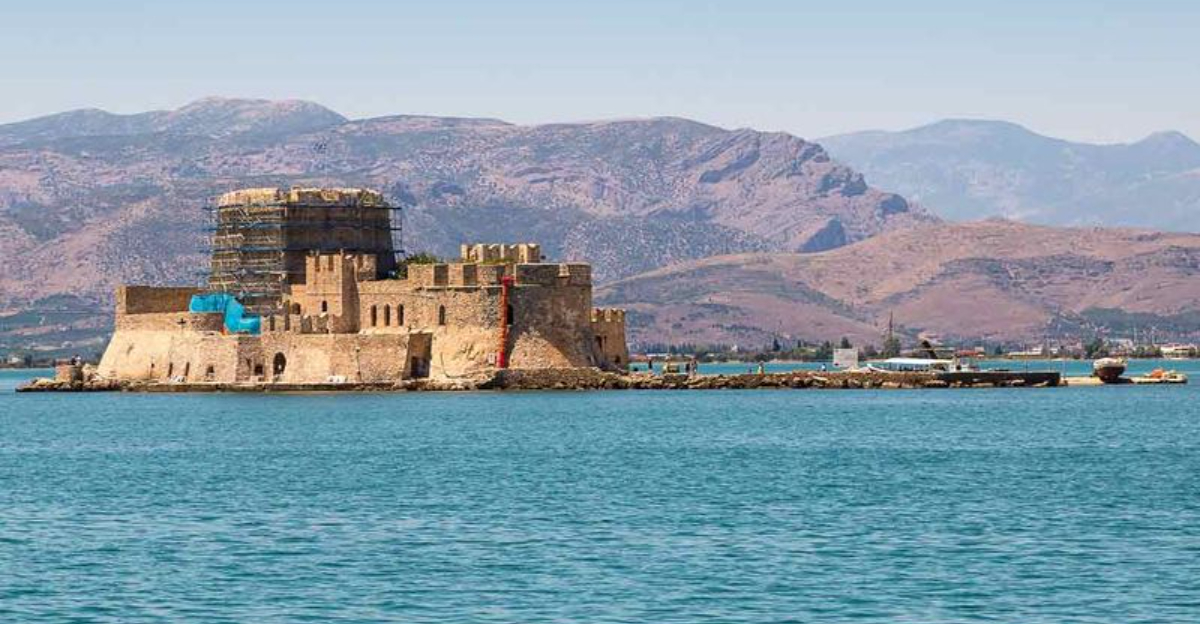
Think you’ve seen Europe? Think again. Beyond the selfie-packed plazas of Paris and gondola jams in Venice, there’s a whole other side of the continent just waiting to surprise you. I’ve explored corners where locals outnumber tourists, where the food is cheaper (and arguably better), and where the charm feels real.
From alpine villages in Slovenia to sun-soaked coastal towns in Portugal, these 15 hidden gems are proof that Europe’s magic isn’t reserved for the guidebook stars.
And because finding these places is just the start, I’m also sharing 3 insider tips that’ll change the way you travel—like how to dodge crowds without skipping must-see sights, and where to look for unforgettable stays that won’t break the bank. So, are you ready to fall in love with the Europe you didn’t know existed?
1. Colmar, France Charm
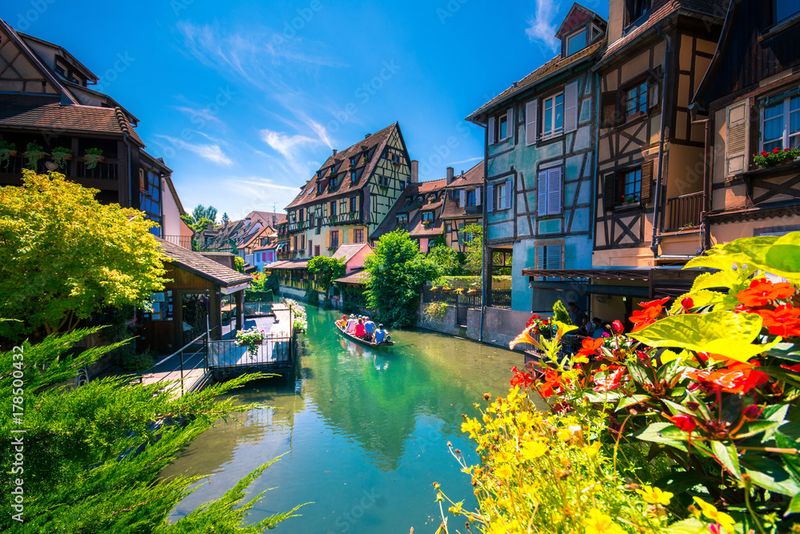
Walking through Colmar feels like stepping into a storybook. Colorful half-timbered houses line cobblestone streets, with flower boxes spilling geraniums from every windowsill. The town sits in Alsace wine country, offering amazing local wines you won’t find exported elsewhere.
Canals wind through the old town area nicknamed “Little Venice,” where you can take small boat rides past centuries-old buildings. During Christmas, the entire town transforms into a magical market with local crafts and mulled wine.
Unlike Paris, you’ll actually hear locals speaking French here rather than English, and restaurants serve authentic tarte flambée instead of tourist-friendly fare.
2. Piran’s Coastal Calm
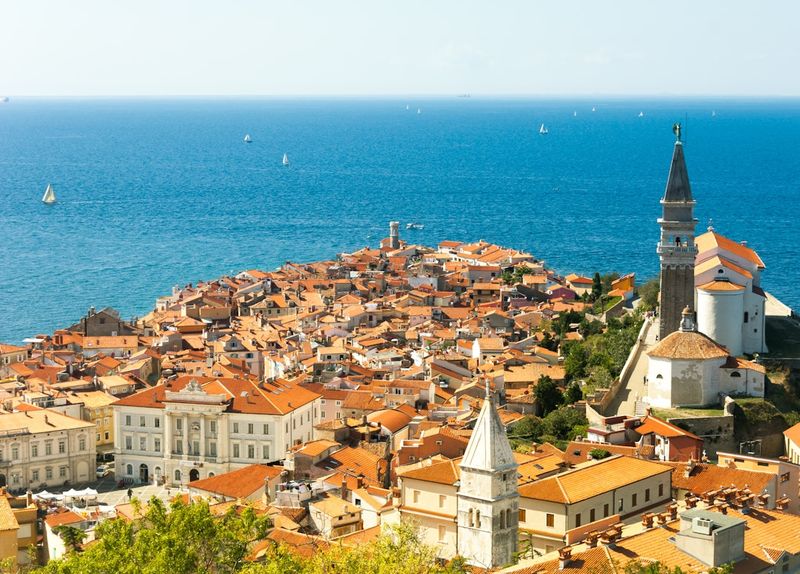
Tucked away on Slovenia’s tiny coastline, Piran offers Mediterranean magic without Italy’s crowds. This medieval peninsula town juts dramatically into the Adriatic Sea, surrounded by crystalline blue waters on three sides. Narrow marble streets wind upward from the harbor to St. George’s Church, where climbing the bell tower rewards you with panoramic views.
Fresh seafood restaurants line Tartini Square, the town’s beating heart, where locals gather each evening for coffee or wine. The sunsets here paint the Venetian-style buildings in golden light, creating perfect photo opportunities.
Swimming spots dot the rocky coastline, offering refreshing dips just steps from ancient city walls.
3. Gjirokastër Stone Streets
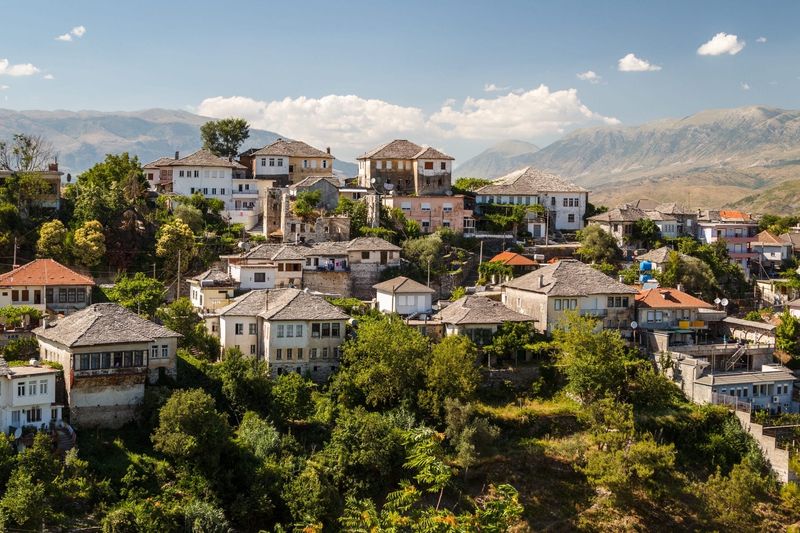
High in Albania’s southern mountains sits Gjirokastër, a UNESCO-protected Ottoman town where stone houses climb steep hillsides like a giant’s staircase. I discovered this gem last summer and couldn’t believe how few tourists were exploring its ancient streets. Each home looks like a small fortress, with distinctive stone roofs that have weathered centuries.
The massive castle overlooking town houses an impressive weapons museum and offers views stretching to Greece. Local restaurants serve traditional dishes like qifqi (herb and rice balls) for just a few euros.
Though getting here requires some effort, you’ll be rewarded with authentic Balkan culture and prices that seem frozen decades ago.
4. Lake Bled Reflections
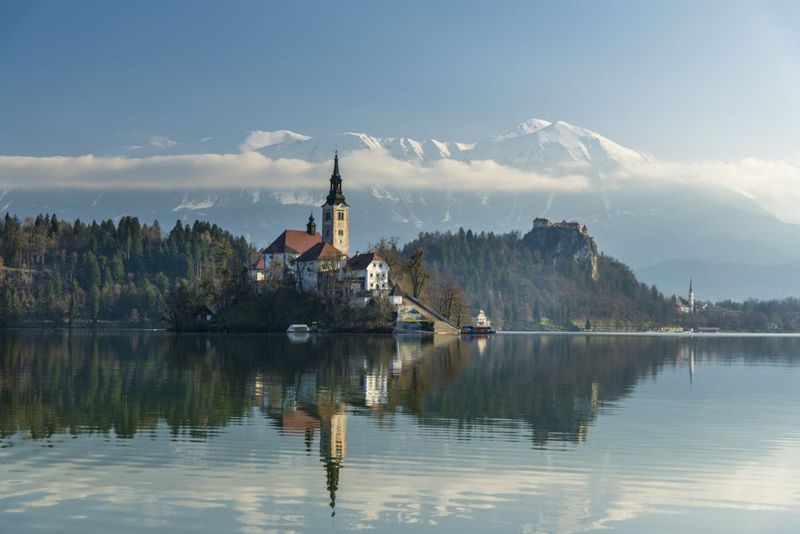
If fairy tales had postcards, they’d show Lake Bled. This Alpine lake in Slovenia features crystal-clear waters reflecting snowcapped mountains and a tiny island crowned with a picturesque church. You can reach the island via traditional wooden pletna boats rowed by local oarsmen who continue a centuries-old tradition.
Hiking trails surround the entire lake, offering different vantage points of its beauty. The medieval castle perched on a cliff above provides historical context and spectacular views.
Morning visitors often have the place nearly to themselves, especially in spring and fall. Don’t leave without trying Bled cream cake, a local dessert that perfectly balances light custard and flaky pastry.
5. Cuenca’s Hanging Houses
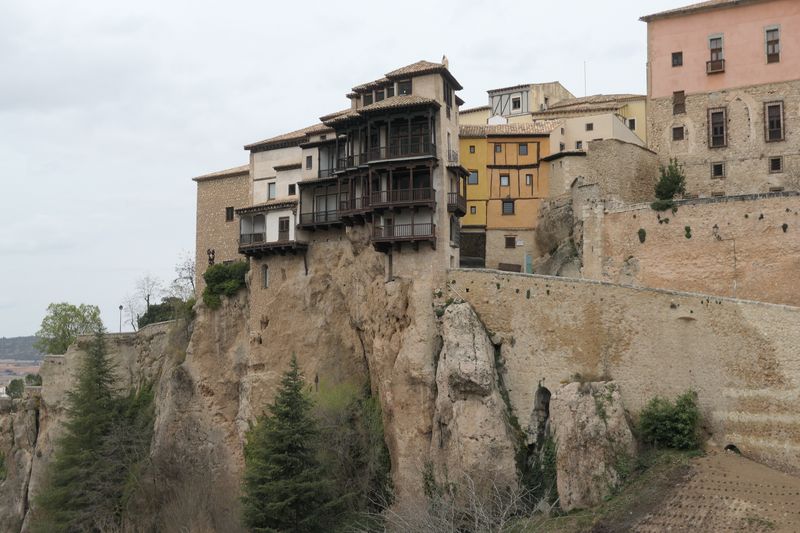
Defying gravity on the edge of a deep gorge, Cuenca’s hanging houses (Casas Colgadas) create one of Spain’s most dramatic cityscapes. This medieval city sits high on a limestone ridge, with buildings that seem to grow organically from the rocky cliffs. The old town’s narrow streets reveal architectural treasures around every corner.
I spent hours exploring the city’s cathedral with its unusual asymmetrical façade and the abstract art museum housed within the hanging houses themselves. From the Saint Paul Bridge, you’ll capture the most iconic views of these structures that seem ready to tumble into the Huécar River below.
Just two hours from Madrid, Cuenca somehow remains refreshingly free of tourist crowds.
6. Tbilisi’s Hidden Cafés
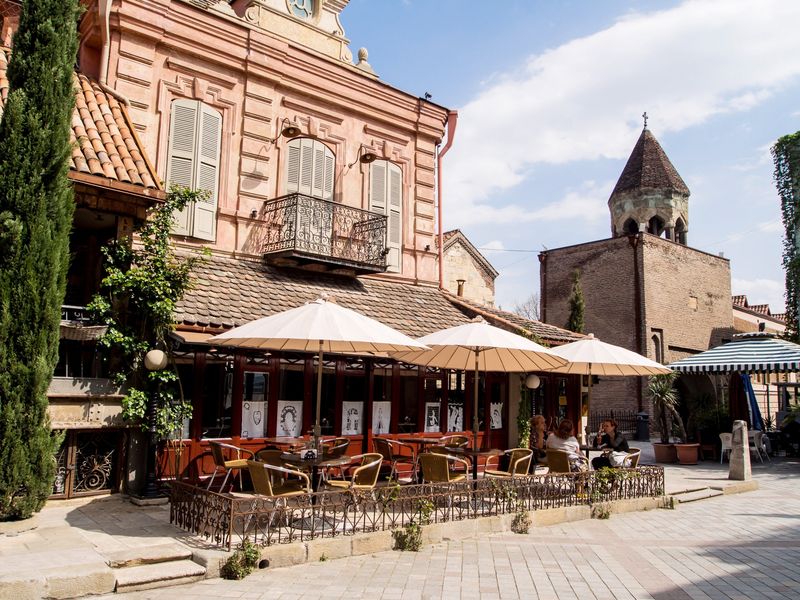
Georgia’s capital city Tbilisi blends ancient and modern in unexpected ways. Crumbling balconied houses with intricate woodwork sit alongside ultramodern glass buildings in this city that feels both European and Asian. The heart of old Tbilisi hides courtyard cafés where locals spend hours over tiny cups of strong coffee or glasses of amber wine.
Sulfur baths dome the Abanotubani district, offering authentic bathing experiences that have remained unchanged for centuries. The fortress overlooking the city provides sweeping views of the Mtkvari River cutting through the cityscape.
Food here is a revelation – try khachapuri (cheese-filled bread) and khinkali (soup dumplings) at basement restaurants where grandmothers still do the cooking.
7. Český Krumlov Fairytale Vibe
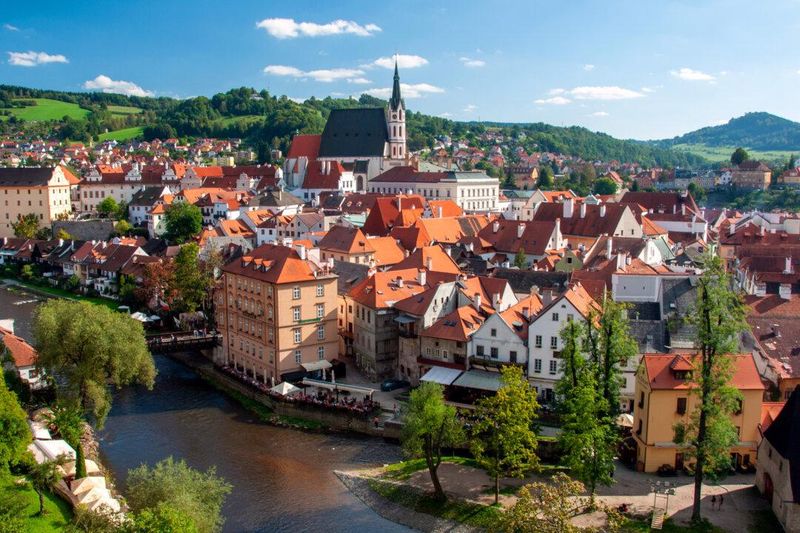
Český Krumlov looks like it was plucked straight from a Grimm’s fairy tale. This small Czech town wraps around a looping river, with a massive castle towering above red-roofed medieval buildings. The entire town center is a UNESCO site where cars are banned, creating a peaceful atmosphere that transports you centuries back in time.
Wander through the castle gardens where peacocks roam freely, then explore the world’s only fully preserved Baroque theater. River rafting offers a unique perspective of the town, floating gently past buildings whose foundations touch the water’s edge.
Evening brings a magical quality as amber lights illuminate empty cobblestone streets that day-trippers miss entirely.
8. Braga, Portugal Peace
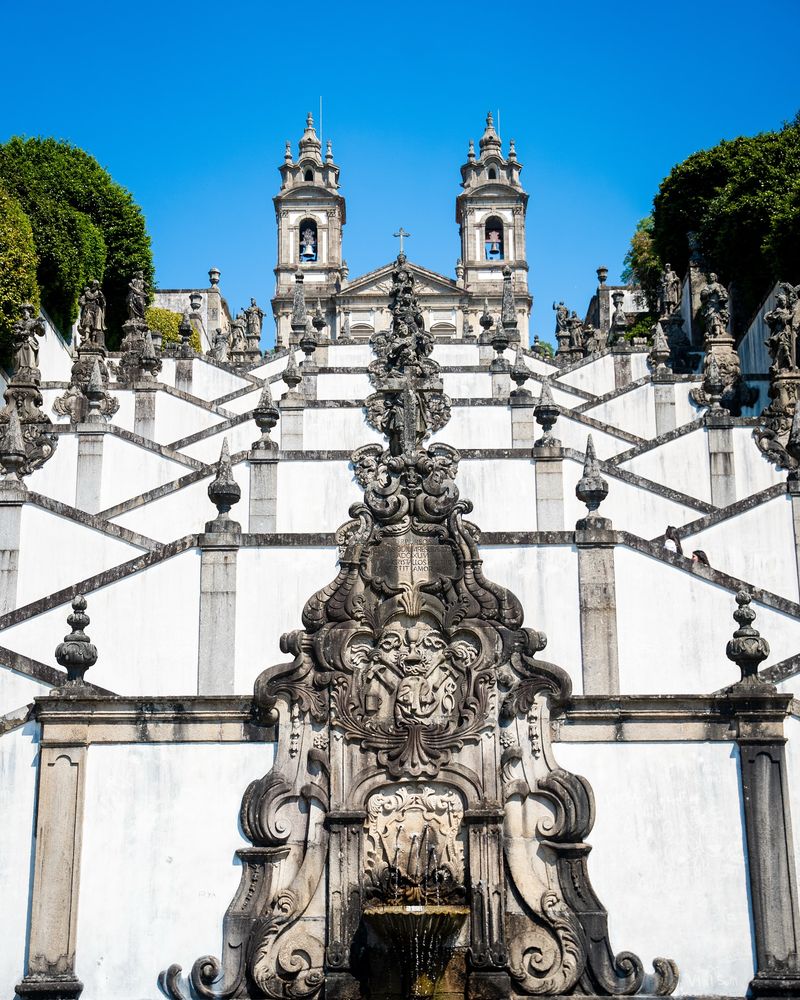
Portugal’s religious heart beats in Braga, where ancient churches and baroque splendor create an atmosphere of contemplative beauty. The Bom Jesus do Monte sanctuary sits at the top of a monumental zigzagging staircase that represents the path to spiritual enlightenment. Each landing features fountains and grottos that tell biblical stories.
Downtown Braga combines youthful energy from university students with traditions dating back to Roman times. The cathedral is Portugal’s oldest, containing treasures that span two millennia of history.
Unlike Porto or Lisbon, Braga offers authentic Portuguese experiences without souvenir shops on every corner. Try local favorites like bacalhau (salt cod) in family-run restaurants where English menus are still rare.
9. Rovinj’s Old Town
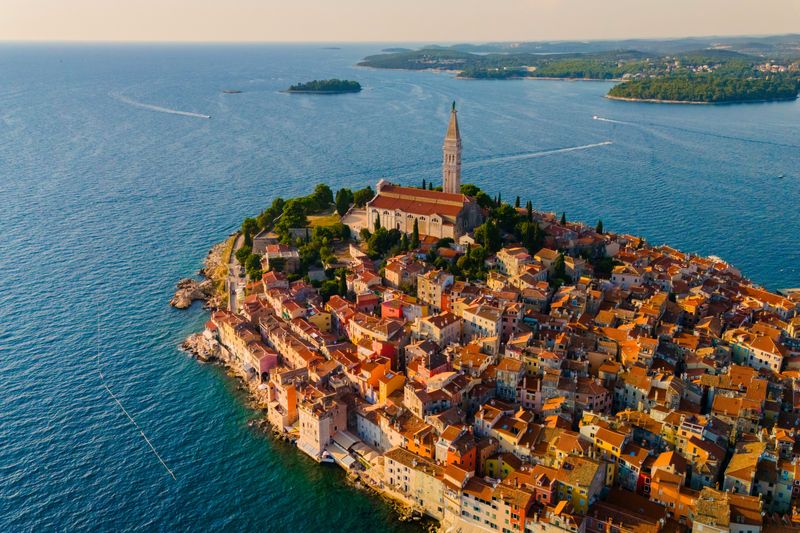
Rising from the Adriatic Sea like a colorful mirage, Rovinj captures Croatian coastal charm without Dubrovnik’s cruise ship crowds. The old town occupies a former island now connected to mainland Istria, with buildings packed so tightly together that streets become narrow passages between houses.
St. Euphemia’s Church tower dominates the skyline, offering climbers breathtaking views across terracotta rooftops to the sea dotted with green islands. Artists have established studios throughout town, selling original works that capture Rovinj’s unique light.
Restaurants build terraces directly on the rocks above the sea, where you can enjoy fresh fish while waves crash just feet away. Swimming spots around the peninsula provide crystal-clear waters for cooling off.
10. Lofoten Island Silence
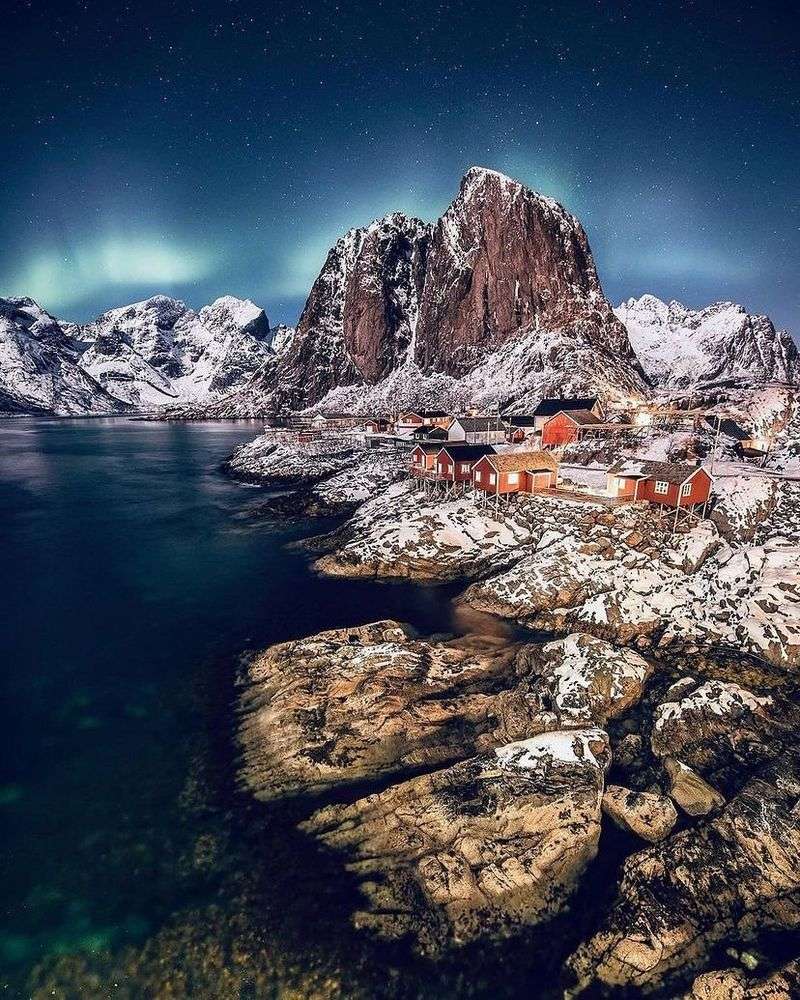
Norway’s Lofoten Islands redefine natural beauty with jagged mountains that plunge directly into fjords, creating a landscape that seems almost impossible. Traditional red fishing cabins (rorbuer) stand on stilts above the water’s edge, many now converted to unique accommodations for travelers seeking Arctic tranquility.
During summer, the midnight sun bathes everything in golden light 24 hours a day, while winter brings the magical northern lights dancing above snow-covered peaks. Fishing remains the lifeblood of tiny villages scattered across the archipelago.
Hiking trails lead to viewpoints where the only sound is wind and distant waves. Despite growing popularity, vast stretches of Lofoten remain blissfully uncrowded even in peak season.
11. Sibiu’s Saxon Squares
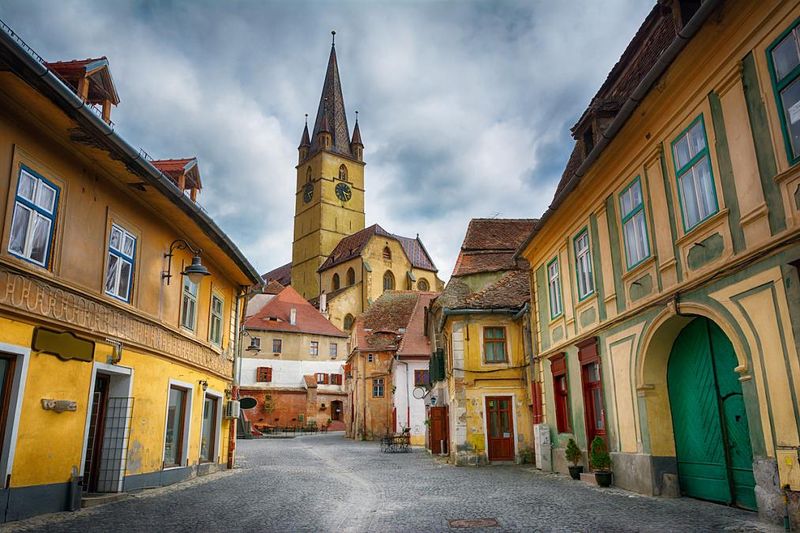
Transylvania isn’t just about Dracula – Sibiu showcases Romania’s Saxon heritage through perfectly preserved medieval architecture. The city’s buildings seem to watch you with their distinctive roof windows that look uncannily like eyes. Two main squares connected by passages create a lively atmosphere where locals gather year-round.
The Bridge of Lies, according to legend, will creak loudly if someone standing on it tells a lie. Colorful baroque buildings house excellent museums and restaurants serving hearty Romanian specialties like sarmale (cabbage rolls) and mămăligă (polenta).
Sibiu’s surrounding villages maintain centuries-old fortified churches where Saxon communities once sheltered during invasions – day trips reveal a rural Romania that feels frozen in time.
12. Valletta’s Golden Glow
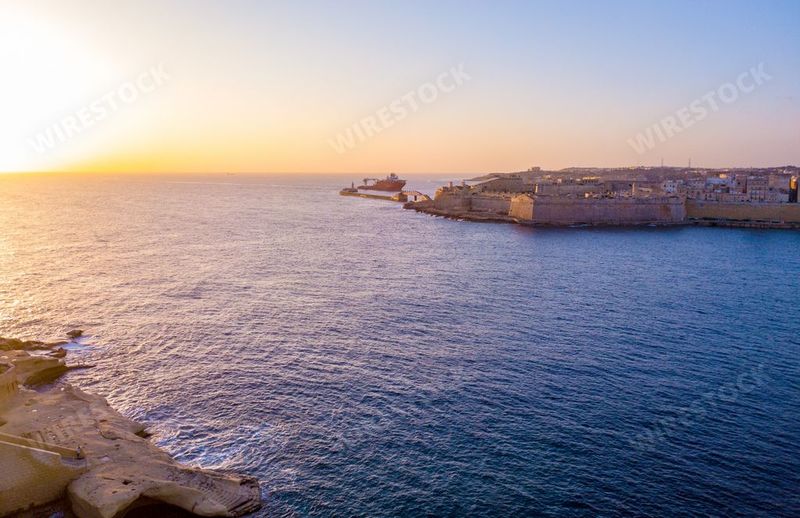
Malta’s capital Valletta packs centuries of history into just 0.3 square miles, making it Europe’s smallest capital city. Built by knights in the 1500s, the entire walled city sits on a peninsula surrounded by the Mediterranean’s deep blue waters. Honey-colored limestone buildings glow golden at sunrise and sunset, creating a magical atmosphere.
St. John’s Co-Cathedral looks plain outside but explodes with baroque splendor inside, housing Caravaggio masterpieces and marble knight tombstones. Straight streets create a perfect grid pattern unusual for medieval cities.
Upper Barrakka Gardens provide stunning harbor views, where daily cannon firings continue a centuries-old tradition. Despite being named European Capital of Culture in 2018, Valletta remains less visited than it deserves.
13. Kotor Bay Views

Nestled where mountains meet sea, Montenegro’s Bay of Kotor creates one of Europe’s most dramatic landscapes. The medieval walled town of Kotor sits pressed against limestone cliffs, with ancient fortifications zigzagging up the mountainside. Climbing these walls rewards you with increasingly spectacular views across the fjord-like bay.
Narrow marble streets inside the old town form a labyrinth where cats (the unofficial symbol of Kotor) roam freely. Maritime history permeates everything here, from sailors’ churches to palaces built by sea captains.
Small villages around the bay offer quieter alternatives to Kotor itself. Perast particularly charms visitors with its elegant stone buildings and two island churches floating just offshore that seem to hover between mountains and sky.
14. Mostar Bridge Magic
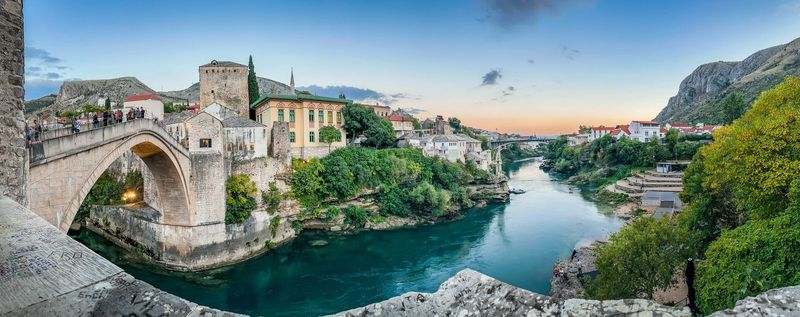
Bosnia’s Mostar centers around its iconic stone bridge arching gracefully over the emerald Neretva River. Destroyed during the 1990s war and meticulously rebuilt, the bridge symbolizes both tragedy and rebirth in this divided city. Local divers continue the centuries-old tradition of plunging from its highest point into the cold river below – for a fee, they’ll perform for visitors.
Ottoman influence remains strong in the old bazaar, where coppersmiths hammer traditional coffee sets by hand. The call to prayer mixes with church bells across the cityscape.
Evening brings a special atmosphere when day-trippers leave and locals reclaim their city. Riverside restaurants serve incredible local wine and ćevapi (grilled meat fingers) at prices that seem like mistakes.
15. Nafplio Harbor Escape
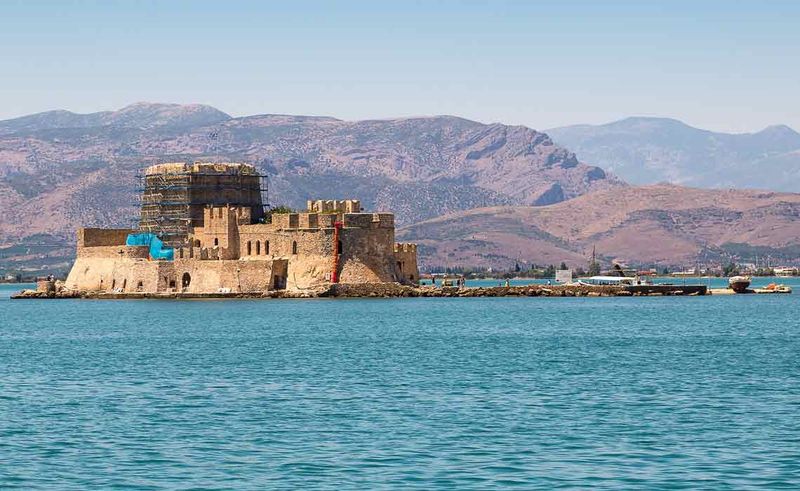
Greece’s first capital after independence, Nafplio blends Venetian elegance with Greek island charm on the mainland Peloponnese. Three different fortresses overlook this seaport town – climbing the 999 steps to Palamidi Fortress provides the most spectacular views across red-tiled rooftops to the Argolic Gulf.
Bougainvillea cascades down pastel-colored buildings in the old town, where marble streets are polished smooth by centuries of footsteps. The waterfront promenade leads to a tiny harbor filled with fishing boats and lined with outdoor tavernas.
Just offshore, the water-bound Bourtzi fortress seems to float on the sea. Beaches within walking distance of town offer swimming spots with fortress views that few international tourists ever discover.
16. Travel Off-Season Always (Pro Tip)
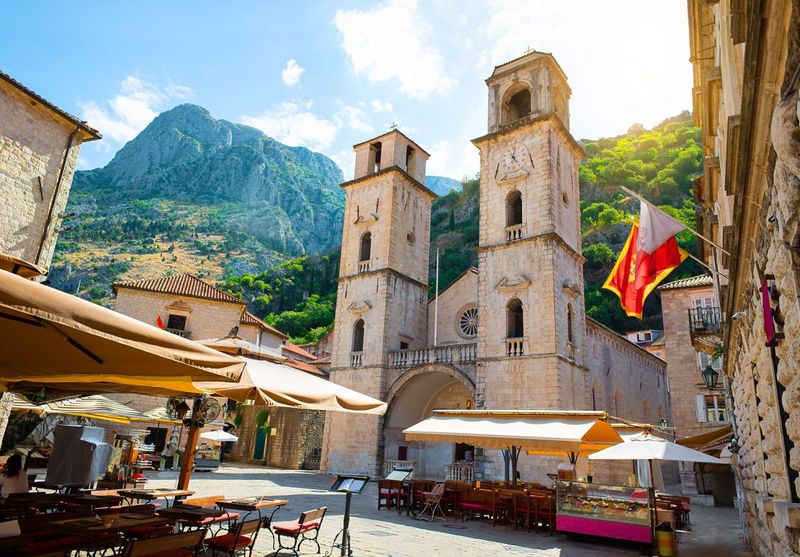
My biggest European travel secret? Visit in May or late September when weather remains pleasant but crowds vanish almost overnight. Hotel rates often drop 30-50% from their summer peaks, and you’ll find locals more relaxed and willing to chat without the summer rush.
Off-season travel transforms popular destinations – imagine Venice’s St. Mark’s Square with just dozens instead of thousands of people, or Barcelona’s Park Güell without timed entry tickets. Restaurants serve locals rather than tourists, meaning better food at lower prices.
Even winter visits to Mediterranean countries offer mild temperatures perfect for sightseeing, though swimming might require serious bravery! Just check opening hours in advance as some attractions reduce hours outside summer.
17. Use Local SIM Cards (Pro Tip)

International roaming charges can destroy your vacation budget faster than luxury hotels. I always buy local SIM cards immediately upon arrival in Europe – most airports have telecom shops in arrival halls where you’ll pay a fraction of roaming costs for better service.
For around €15-30, you’ll typically get 10-20GB of data valid for 30 days. This enables worry-free Google Maps navigation, translation apps, and posting enviable social media photos without hunting for WiFi or watching data meters.
European Union regulations now mean a SIM purchased in any EU country works across all member states at no extra charge. Just bring an unlocked phone and your passport (required for SIM registration in many countries).
18. Book Trains in Advance (Pro Tip)

European train travel combines convenience with scenic routes, but ticket prices can vary dramatically based on when you book. Most high-speed services like France’s TGV, Italy’s Frecciarossa, or Germany’s ICE trains release tickets 2-3 months ahead at their lowest prices – often 70% cheaper than day-of purchases.
Websites like Trainline.com compile schedules across multiple countries, making complex routes easier to plan. Night trains are making a comeback across Europe, letting you cover long distances while saving on hotel costs.
Regional trains typically offer flat-rate pricing regardless of booking time, making them perfect for spontaneous day trips. Many countries also offer rail passes for unlimited travel that can save money for longer stays.
